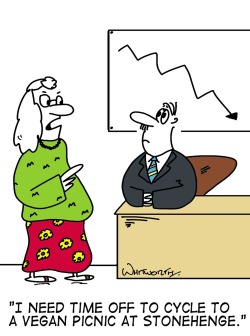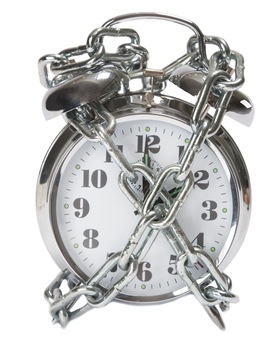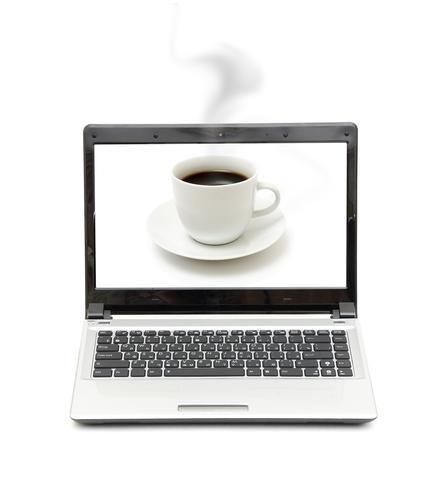More and more, I'm struck by how much you can learn about someone and the way they work merely by watching and asking some simple questions. I can make an interesting comparison between what goes on in our household of two teenage girls when they are asked to create a simple reminder of something, and the "write on my hand" approach which Annabel Crabb, political commentator, takes for simple record-keeping. We worked out early on in the piece that neither of our children were inclined to pick up a pen and paper to to write something down. It's frustrating as a parent to see them forget things, but if everything has to be recorded on a smart phone, and that means having a smart smart phone, an expensive one, that either means paying for the right type of phone and apps, or living with the results of not remembering. Frankly, we are leaving that one up to nature.
Speaking about nature though, Annabel rights literally on her hand. I can remember doing this as a kid, but never consistently as an adult. I can sympathise with her when she talks about "those of us who have experimented widely with loosing every other potential repository for small but crucial pieces of information".
Most of us have experimented a little and found some of the options wanting. The phone with the flat battery, the inkless pen, the scrap of paper that can never be found again or at least not when the scribbled details are required.
There are other options. Voice recording a note, usually on a phone (another flat battery story in the making), sending an email to yourself, getting someone else to write it down for you, asking them to send you an email, the list goes on.
Let's return to Annabel's preferred option. She is after all, a journalist and words are her stock in trade. With the skin compatible pen, she talks about writing notes on her leg at a dinner party. Now this would not work with trousers or wearing stockings, and perhaps it is best suggested as a summer activity. It might also be a little awkward for guys unless they shave regularly. Going back to Annabel's strategy, apparently a hand mirror was not enough to read her script properly, and of course some of the letters rub off on the sheets overnight…
She does raise an interesting point though. How we capture an idea, a phone number, something we have to do on-the-fly says something about the idea of workflow and also our individual work styles. Once you look at the definition of workflow, even a basic one, it becomes obvious that the simple act of writing on your hand is a sign of a much more complex idea. Some of these definitions are really much closer to talking about the whole system of work, not just about recording an idea.
Is writing on your hand a sort of countercultural approach to technology? A bit like the slow-food movement. Or even the idea and have a phone at all movement. I'm not sure that people make this a strategy that they have thought through, or at least not thought deeply about. I do wonder though what the next step is in Annabel's capture system, perhaps she goes straight to paper, her phone or one of those note taking apps.
If you are intrigued by human nature, ask your friends and work colleagues this simple question: how do you write down ideas quickly to remember them later? I've created a simple survey. It's a little bit of fun but I'm sure the results will be interesting!








